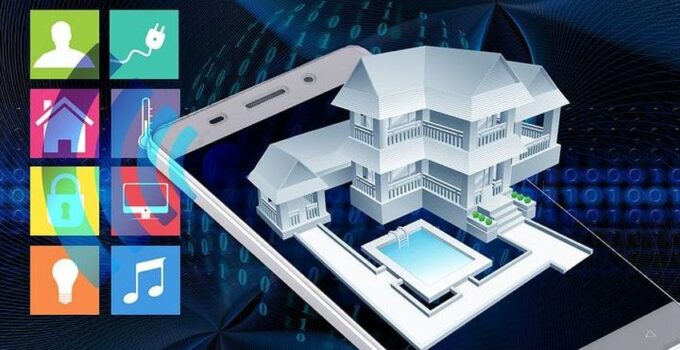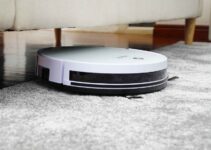The smart home is a promise of comfort and security. Opening a lock with a smartphone or remotely viewing what happens in your house seemed utopian a short time ago. However, the recent upsurge in technology has changed the way we looked at home. Houses are becoming more intelligent, connected, and personalized.
Automatic lighting, alarm monitoring, digital security, etc. are the main features of a smart home. Simply put, it is mechanization or robotization of a home in order to make it smarter. Living in a smart home will allow users to focus on the essentials. Since they do not have to worry about opening flaps, doors, maintaining heating and many other tasks, these users have much more time to spend with their families. We have listed the 7 most amazing smart home trends that will grow in 2024:

source:primex.com
Page Contents
1. More Secured Home
The most recent advancement in the sector of the smart home is the level of security. The amplification of security cameras with facial recognition can help you to identify visitors. At the slightest attempt of intrusion, the owners are warned in real time. Smoke detectors provide you safety from fire. Arlo, Comcast, Elecpro, First Alert and other companies have introduced smart locks, doorbells and integrated security systems for both houses and apartments. Manufacturers broadcasted the idea that you no longer have to worry: whether the door is closed, whether the stove, iron, and water are turned off. Smart home devices will do this on their own.
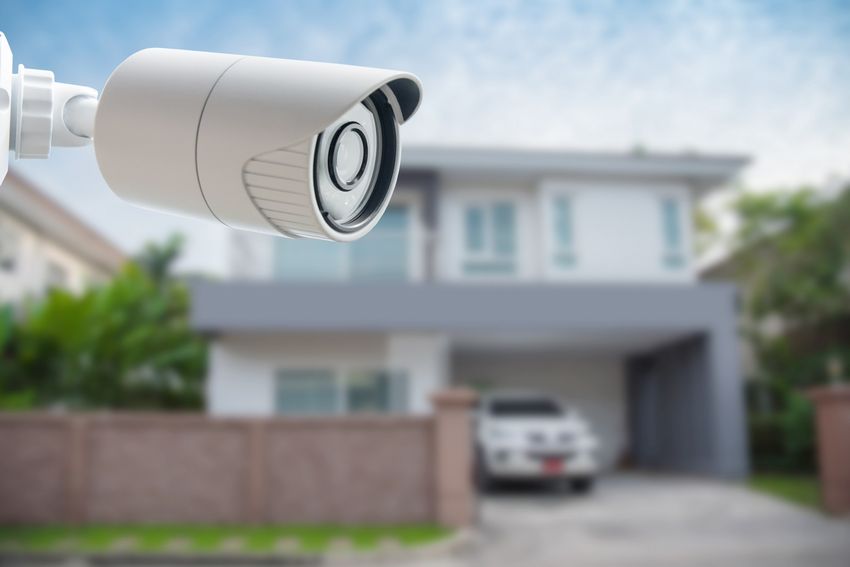
source:news.jacksonemc.com
2. Internet of Thing (IoT)
In 2009, there was a transition from the concept of “Internet of people” to the “Internet of things”, i.e. the number of items connected to the network exceeded the number of people. The ubiquity of wireless networks, the emergence of cloud computing, and the development of inter-machine communication technologies have facilitated in the growth of the Internet of Things. In 2018, the number of sensors and devices of the Internet of Things (IoT) exceeded the number of mobile phones. And it will continue to grow in 2024. More connected devices like smart refrigerators, washing machines, and dryers, etc. will improve your life.
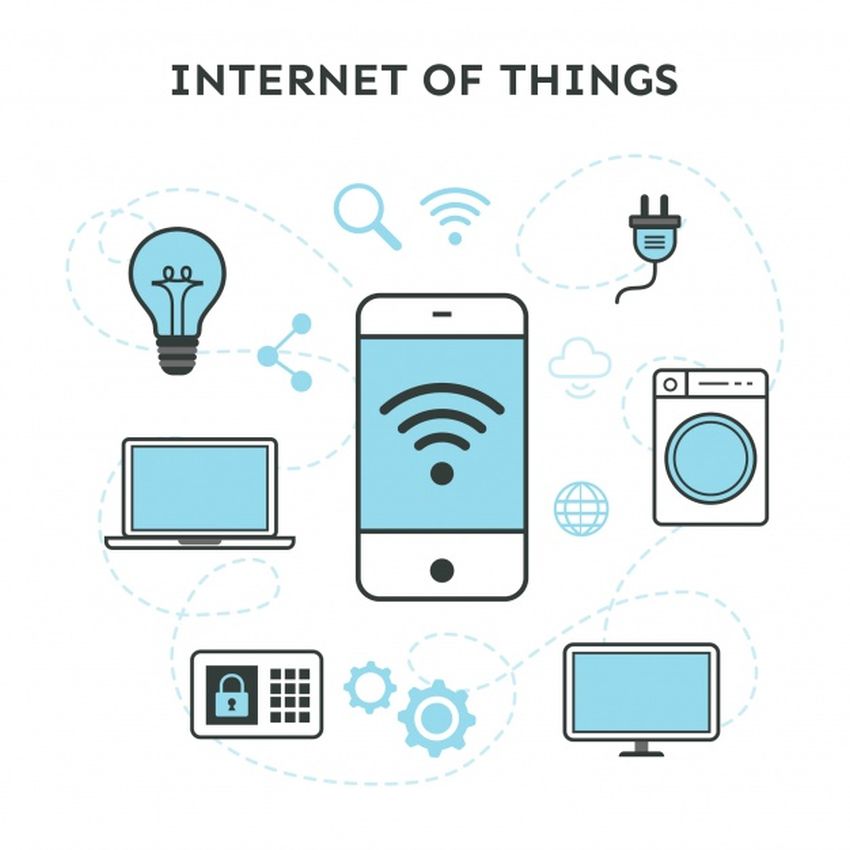
source:primex.com
3. Advanced Voice Control Integration
Handwork is no longer necessary. In 2024, numerous home appliances will be controlled by voice. Voice control of various devices, including a smartphone, a TV, an audio system, and even a car dashboard are already common in some countries. Smart home will continue to penetrate different areas of life. Kohler announced a collection of bathroom products with voice support Alexa. Some of these products are a smart mirror Verdera Voice Lighted Mirror, intelligent toilet Numi 2.0, kitchen faucet Sensate Touchless.
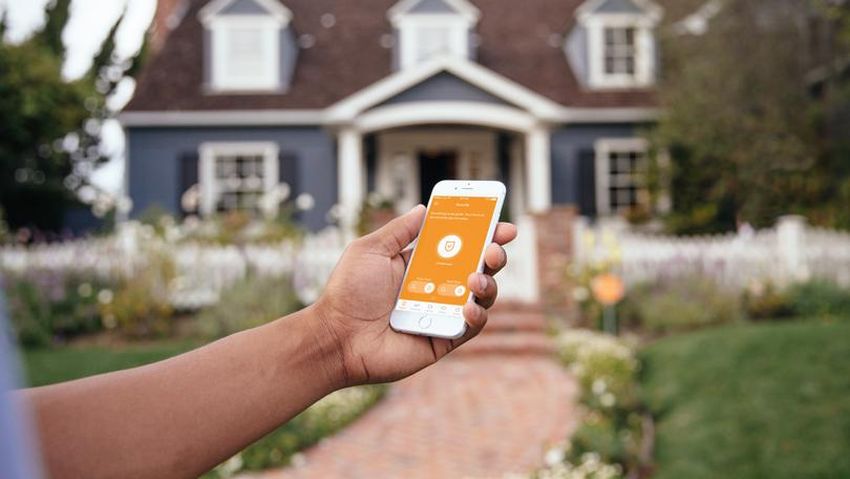
source:pcmag.com
4. Artificial Intelligence
The increase in new technological capabilities in all areas is caused by the dramatically increased power of “Artificial Intelligence”. AI has initiated home automation. All electrical or electronic systems are capable of automating actions in a smart home. Turning on the heating, closing shutters, opening your gate or garage, etc. are already in use. In 2024, a booming growth is expected in the field of AI – artificial intelligence, since the supercomputer performs new tasks much faster and more accurately than humans. Processes will continue to be automated and there will be smarter robots.

source:digitaltrends.com
5. Temperature Management
New technology allows homeowners to program the heater so it lights up remotely via an app before returning from work. It is also possible to program your system to change the temperature when you move from one place to another, for example, from the living room to your bedroom. Moona showed a device that tracks sleep and regulates the temperature of the pillow according to your head movement.
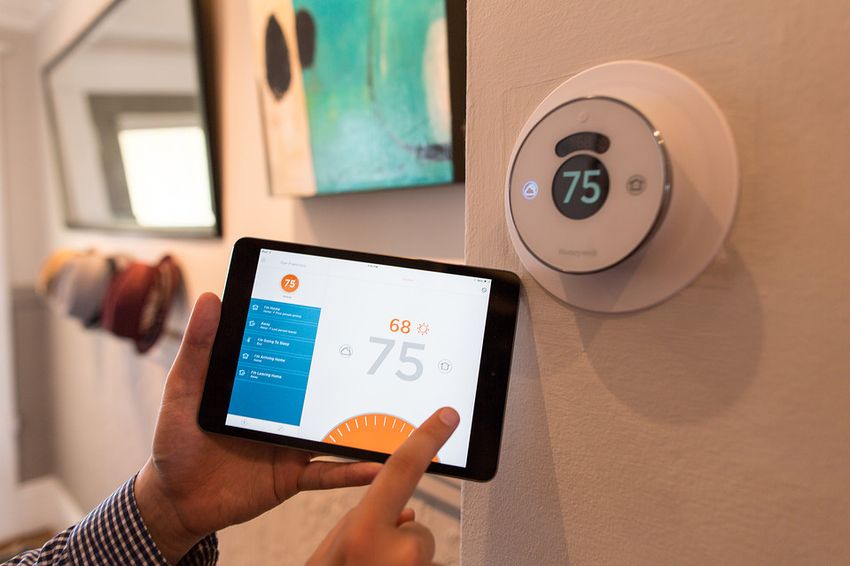
source:affordableplumbingandheat.com
6. Smarter Energy Consumption
Energy savings are not something tangible, but a concept that can be achieved in many ways. Currently, most homeowners have an overview of their energy consumption and may be surprised when their heating and power bills arrive at the end of the month. Smart Home will change this by deepening the relationship between homeowners and utilities and providing a more complete view of their energy consumption. As a result, there may be a shift toward real-time behaviour-based energy management. For example, smart home turns off the lights when you leave the room, lowers the heating during your absence, alerts you in case of water leak or closes the shutters alone, etc.
There are also technologies like Vont Smart Plug, where you can plug in any device and control through an app on your phone. You can set it to automatically activate or shut down at specific times, so you’re able to save energy when the devices are not in use. As for energy consumption, Vont Smart Plug features a daily breakdown, giving you an informative overview of your energy usage and a nice heads-up on how to better manage your home and save money for the long haul.
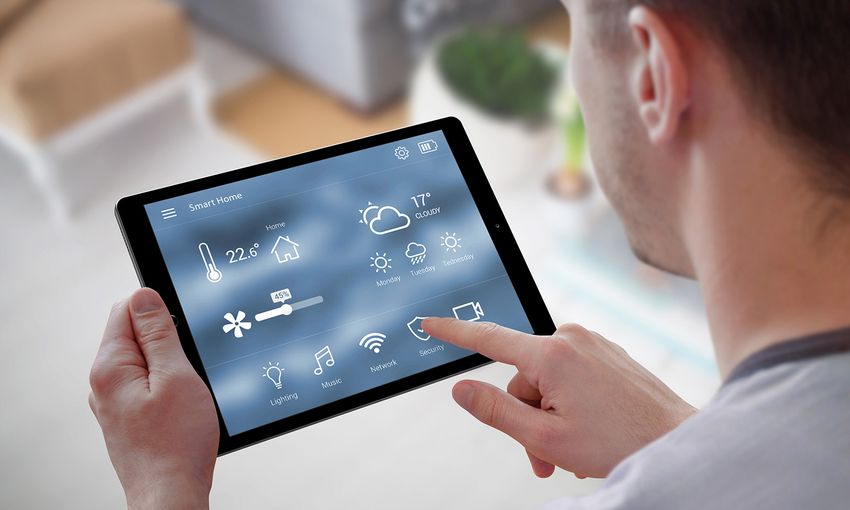
source:tomsguide.com
7. High Tech Entertainment
A number of forms of entertainment have already taken an electronic form in recent years. Users of the digital version of books, music, games, etc. have significantly increased. Who may need a TV when you can wear glasses in which there is another reality? Smart technology will give your living room a cinematic feel. Wireless sound and virtual reality are.
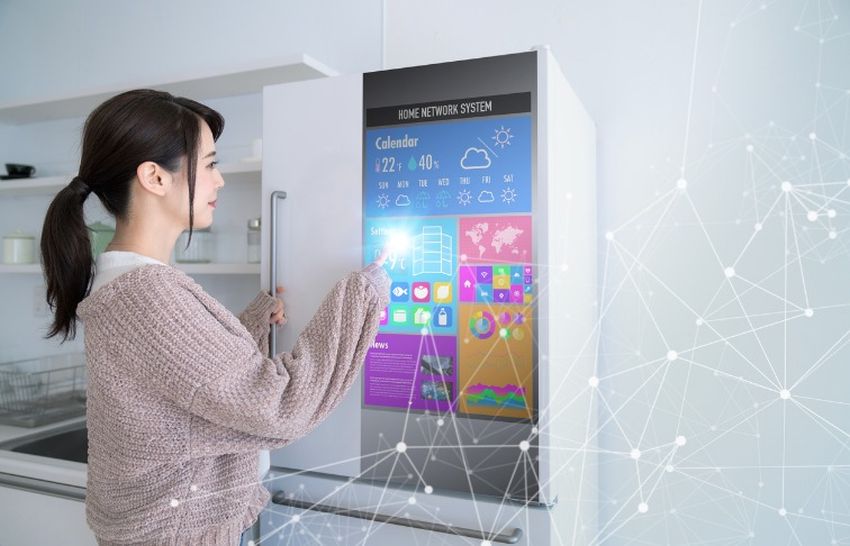
source:sourcetech411.com

